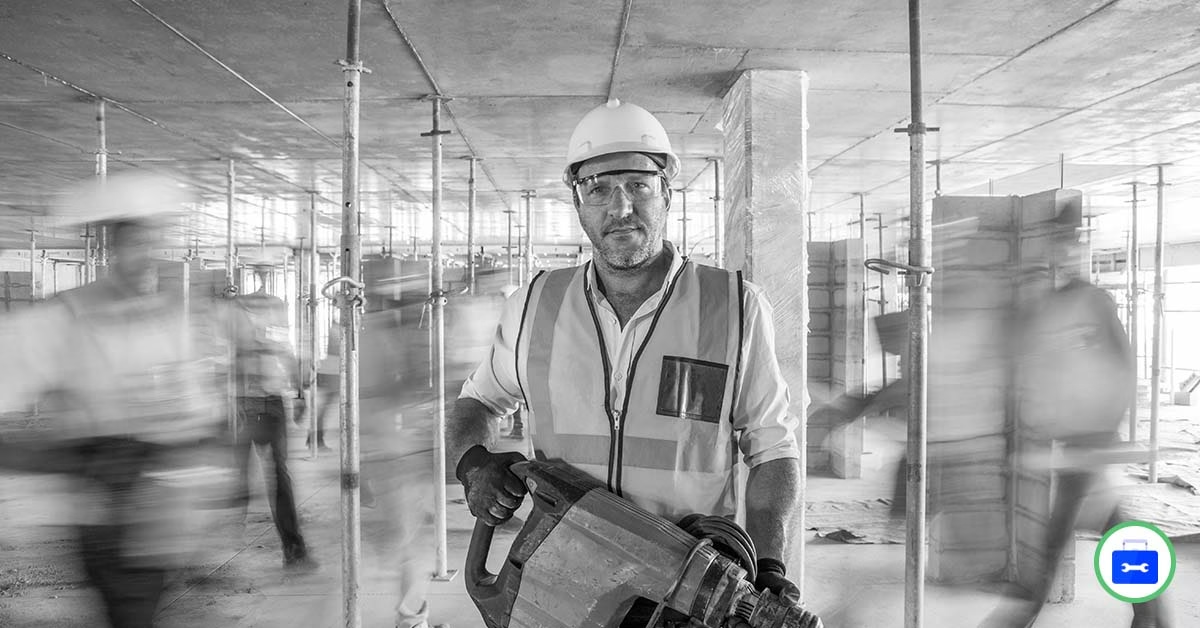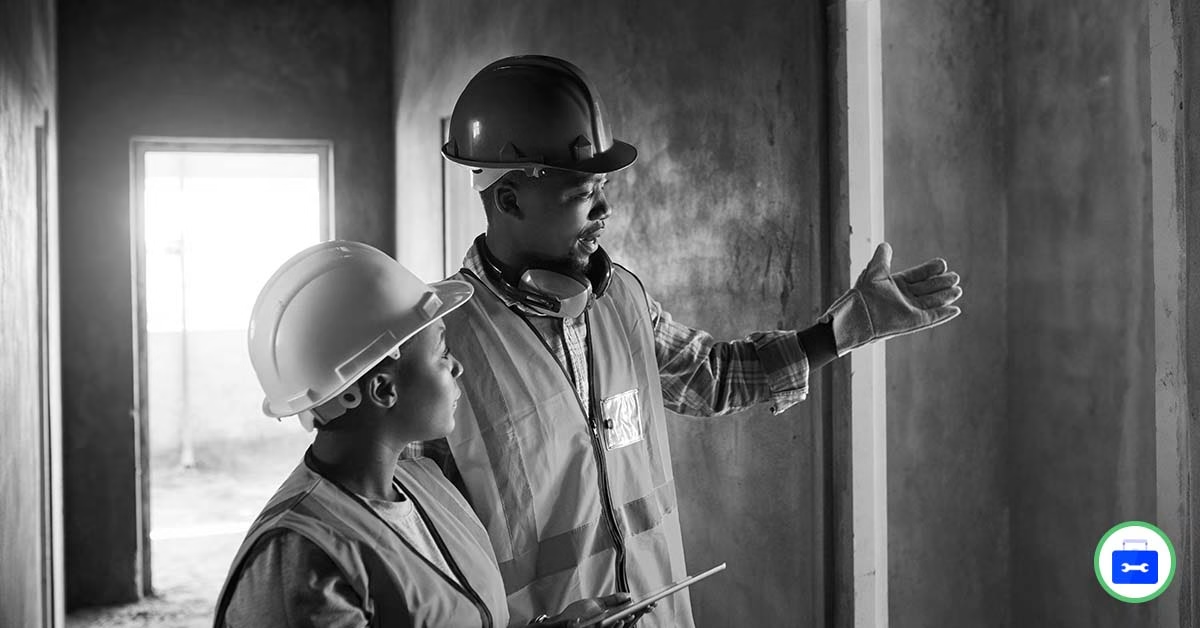Trade and support roles form the backbone of every construction project, but they also face…
Toolbox Talk – Permit-To-Work Systems
Purpose
To ensure that only competent, inducted, and authorised persons carry out high-risk work under clearly defined and approved conditions. Many site incidents occur because people enter restricted areas or begin tasks without proper authorisation.
Access control isn’t just a gate or a turnstile; it’s a system of checks that ensures the right people perform the right work safely.
What is a Permit-to-Work (PTW)?
A Permit-to-Work is a formal written authorisation used to control high-risk activities.
It specifies:
- Who may perform the work
- Where and when it will take place
- The hazards involved
- The safety measures required
Examples include hot work, electrical isolation (LOTO), confined space entry, excavations, and any work within occupied or operational buildings.
Key Elements of a PTW
Each permit must include:
- Contractor and supervisor details
- Work description and associated risks
- Required control measures (barriers, fall protection, LOTO, etc.)
- Start and finish validity period
- Signatures of both the issuer (management) and receiver (contractor supervisor)
Before Work Starts
- Confirm all workers are inducted and medically fit
- Verify PPE compliance and availability
- Ensure isolations, barriers, and signage are in place
- Review emergency and rescue procedures
- Brief the team on permit conditions before signing off
Why It Matters
A PTW system prevents unauthorised, unsafe, or unplanned work from taking place.
Without it, anyone could enter hazardous zones, leading to serious injuries, property damage, or regulatory action.
Access control is about responsibility and accountability, not just restriction.
Download the full Toolbox Talk document on Permit-To-Work Systems below:



